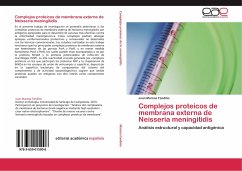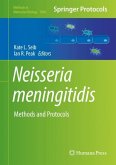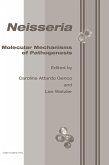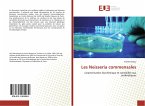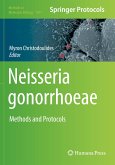Please note that the content of this book primarily consists of articles available from Wikipedia or other free sources online. Neisseria meningitidis is a heterotrophic gram-negative diplococcal bacterium best known for its role in meningitis and other forms of meningococcal disease such as meningococcemia. N. meningitidis is a major cause of morbidity and mortality in childhood in industrialized countries and is responsible for epidemics in Africa and in Asia. Approximately 2500 to 3500 cases of N meningitidis infection occur annually in the United States, with a case rate of about 1 in 100,000. Children younger than 5 years are at greatest risk, followed by teenagers of high school age. Rates in sub-Saharan Africa can be as high as 1 in 1000 to 1 in 100. Anton Weichselbaum in 1887 first discovered the disease in patients infected with meningococci. Meningococci only infect humans and have never been isolated from animals because the bacterium cannot get iron other than from human sources (transferrin and lactoferrin). It exists as normal flora in the nasopharynx of up to 5-15% of adults. It causes the only form of bacterial meningitis known to occur epidemically.
Bitte wählen Sie Ihr Anliegen aus.
Rechnungen
Retourenschein anfordern
Bestellstatus
Storno



